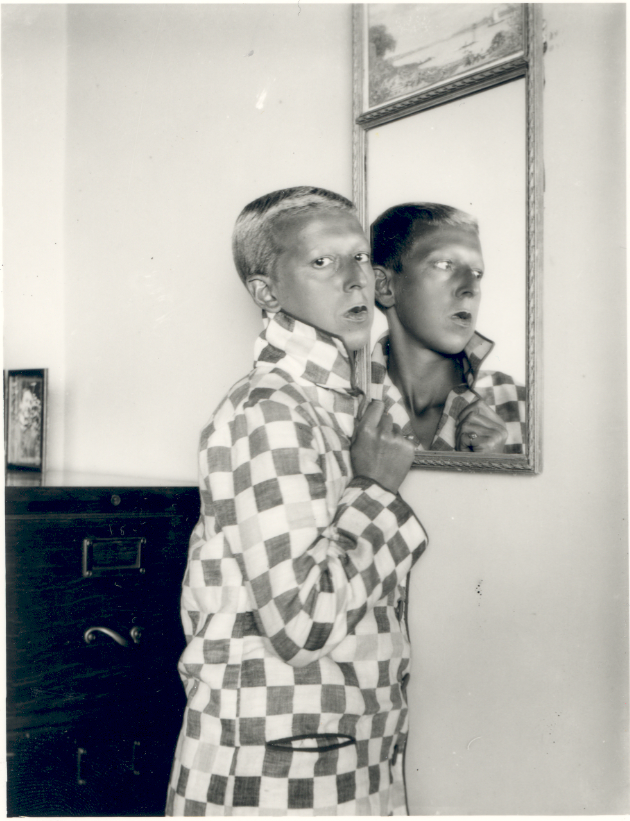This weekend the Fringe! Queer Film and Arts Fest is underway in East London. Many of the shows are focused on or around film, but the festival also includes an exhibition of work by photographer and essayist Claude Cahun (nee Lucy Schwob).
The show is curated by Ashley Lumb, Kay Watson, Hazel Johnson, and Fangfei Chen from the curatorial collective Hemera. Those in the area can check it out, but the rest of us might pause for a moment to consider the question of whether there is much of a relationship between photojournalism and queer experience, a queer gaze, queer optics, or queer aesthetics and politics?
This blog promotes photojournalism as an important public art, and we believe that public arts and public culture alike are necessarily oriented toward mainstream audiences, with all the limitations and powers that define that demographic. (To get a sense of both the conservative bias in and political importance of the mainstream, consider the massive rollback that is occurring right now regarding discrimination against gay people.) So, it should come as no surprise that much photojournalism is heteronormative, and the critique of same doesn’t say much we don’t know.
But still, and especially compared to film and other media arts, it does seem that photojournalism is very, very straight. From the macho ethos of the conflict photographer to how rarely we are brought to see with a queer eye, you have to wonder.
There are exceptions, of course, and I don’t just mean that there are photographers who are gay or photographers who document (and affirm) gay subcultures. I’m talking, at the very least, about seeing in a way that can reveal how the world looks to someone who has been told to be invisible, and who has been hurt deeply by what others simply take for granted, and perhaps who has learned how much can be gained by seizing appearances and surviving through performance; and how society is strange and vicious and capricious and sometimes all we have and yet capable of being amazing; and how seeing that way might make others a little less thoughtless.
There are some examples of what can be done. Bernard Pierre Wolff provided terrific work that showed gay life as one form of friendship that fit seamlessly into public spaces. As you see through his work, your conception of friendship and of love becomes larger, gentler, richer, more kind; and you see how granting visibility creates and expands the human world.
There surely have been others. The history of photography was influenced profoundly by Eadweard Muybridge, who, if he wasn’t queer, provided a pretty good approximation. And just as some see gay life in his photos and others missed it, there could be shades in other work that many mainstream viewers are missing today. One also has to recognize the work done in fine art photography, such as was showcased at the exhibition on Contemporary Queer Photography. But art photography is rarely mainstream, while photojournalism has an obligation in that direction. If you want to change society, you have to go through the mainstream, and queering photojournalism, bending it away from its old assumptions about gender and sexual orientation, could improve both the art and the society it serves.
This is not to blame anyone, and especially not the gay community. You can’t expect photography to have flourished in the closet, and now there is much else to do. Nor am I trying to essentialize any part of gay life or anything else. And I have no doubt that I could have missed a lot due to my being too ignorant, straight, or otherwise clueless. Wouldn’t be the first time.
Still, I can’t help but think that something important is missing.

Discussion